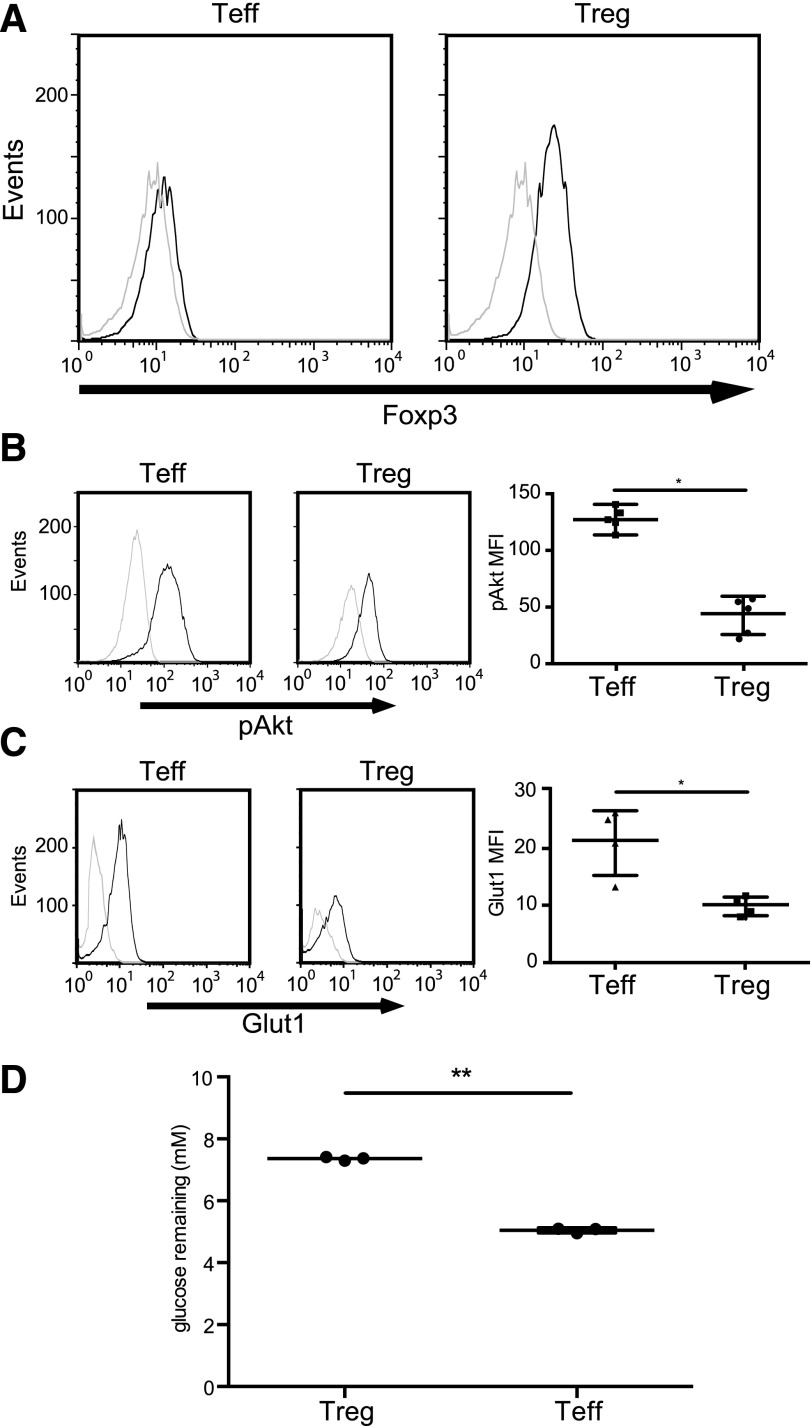Figure 1. Foxp3-expressing Tregs are unable to phosphorylate Akt and up-regulate Glut1.
(A) Freshly isolated Tconv [effector T cells (Teff; left)] and Tregs (right) were stained with anti-Foxp3 (black histograms) or an isotype control (gray histograms) and analyzed by flow cytometry. (B, left 2 panels) Freshly isolated Tconv and Tregs (as shown in A) were stimulated with CD3/CD28 mAb-coated beads and IL-2 (300 U/ml) for 15 min (black histograms) or left unstimulated for 15 min (gray histograms). Cells were then stained with phospho-Ser473 Akt antibody (pAkt). (Right) Summary of 5 independent experiments (*P < 0.01). The data were plotted as the mean ± sd. MFI, Mean fluorescence intensity. (C, left 2 panels) Freshly isolated Tconv and Tregs (as shown in A) were stimulated with CD3/CD28 mAb-coated beads and IL-2 (300 U/ml) for 20 h (black histograms) or left unstimulated (gray histograms). Cells were then stained with anti-Glut1 mAb. (Right) Summary of 4 independent experiments (*P < 0.01). (D) Freshly isolated Tregs and Tconv (as shown in A) were stimulated with CD3/CD28 antibody-coated beads and IL-2 (300 U/ml) for 20 h. Following stimulation, media were removed carefully and then analyzed by ELISA for glucose. Data are summary of 3 independent experiments (**P < 0.001). The data were plotted as the mean ± sd.

